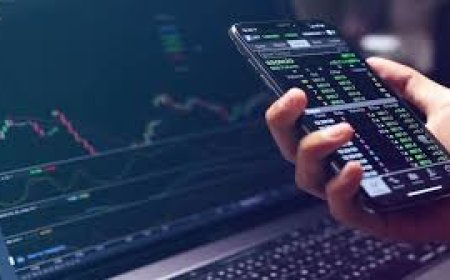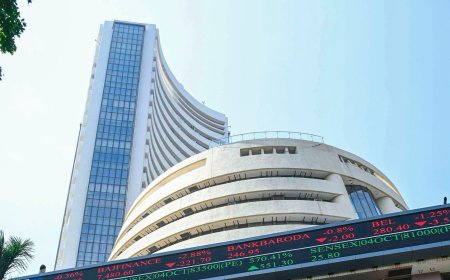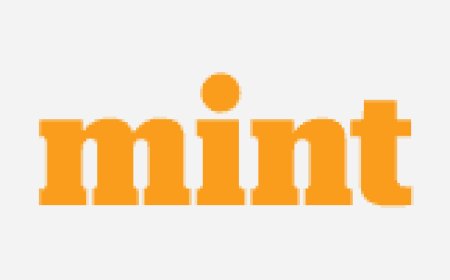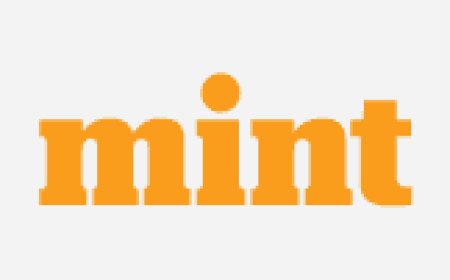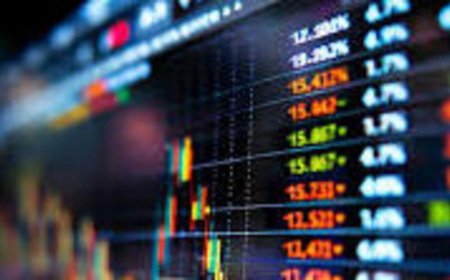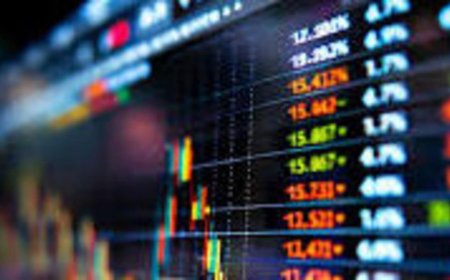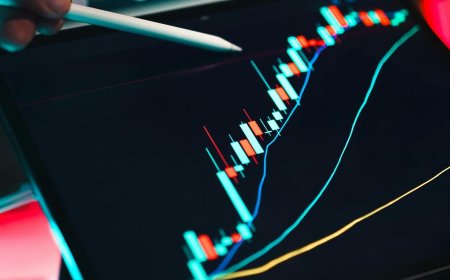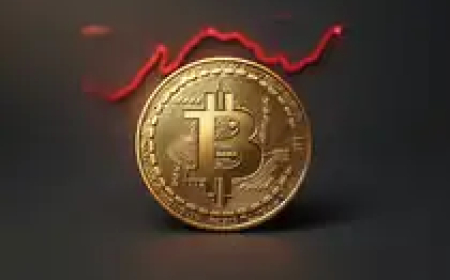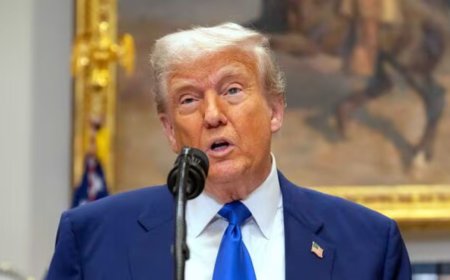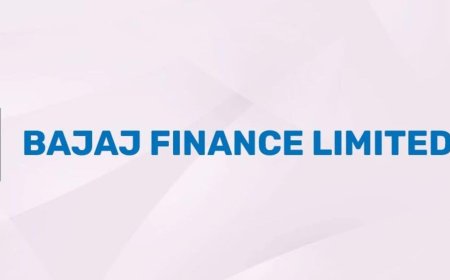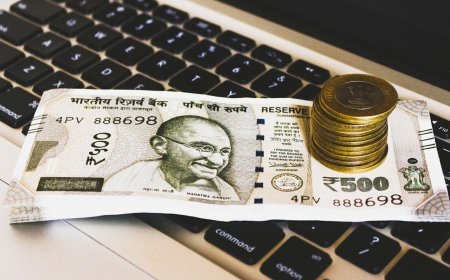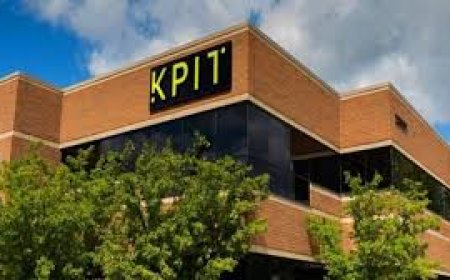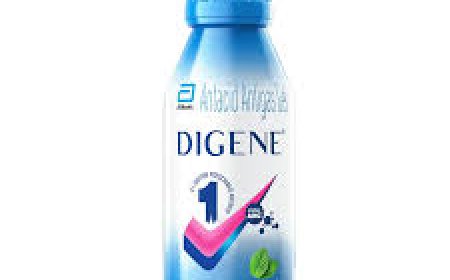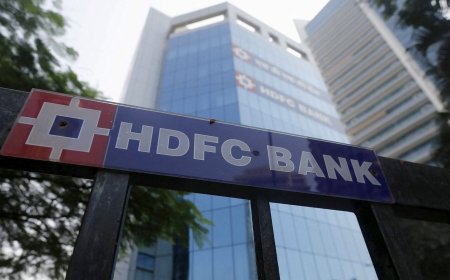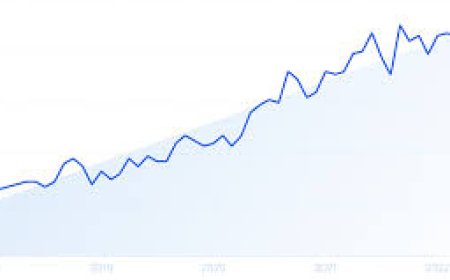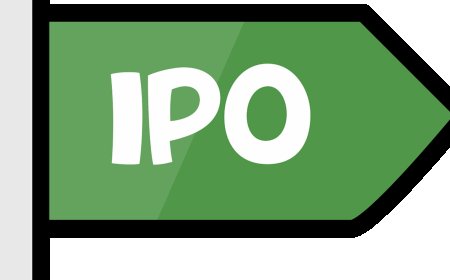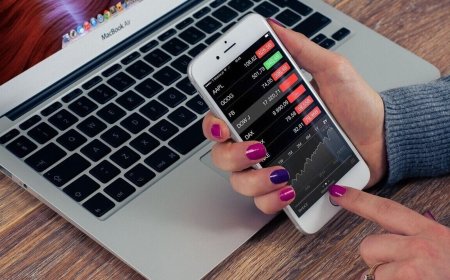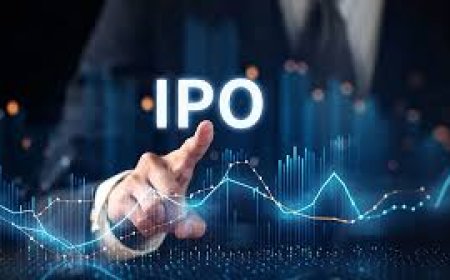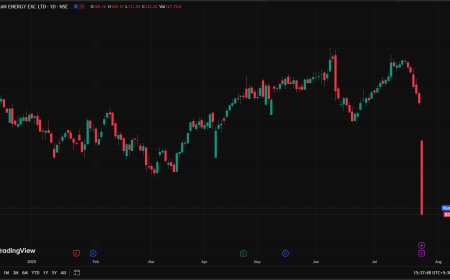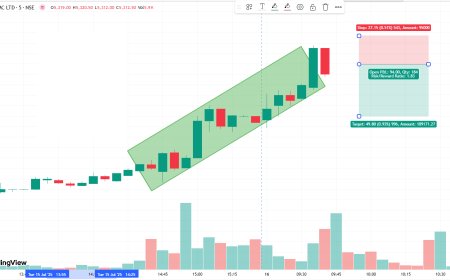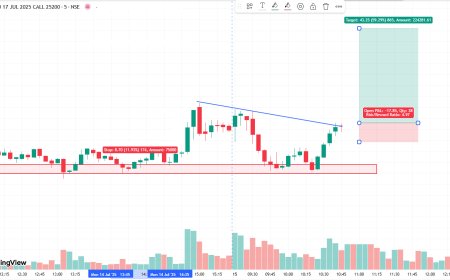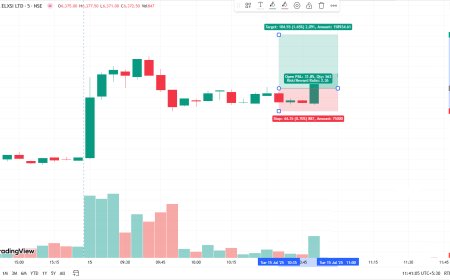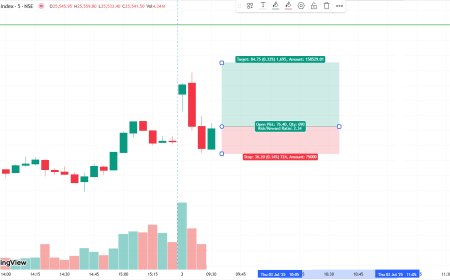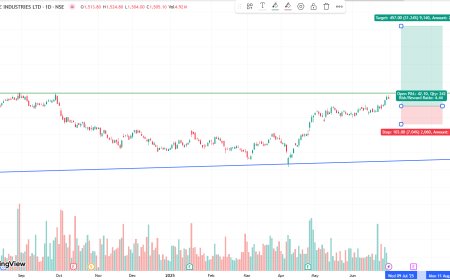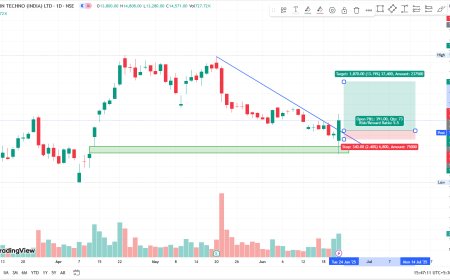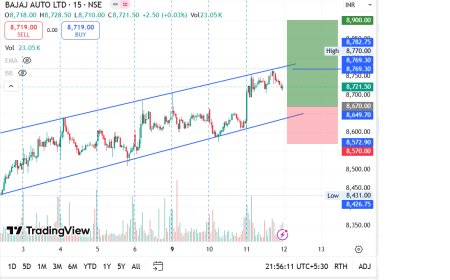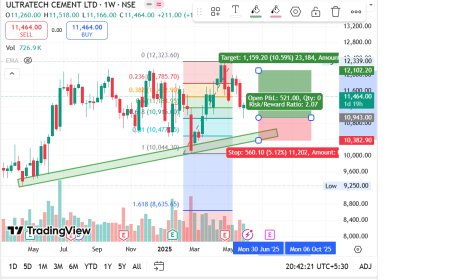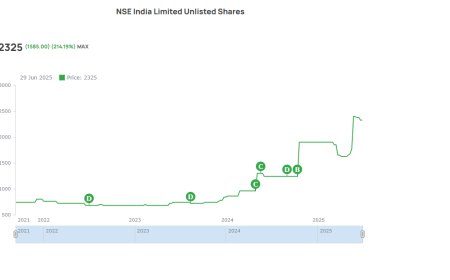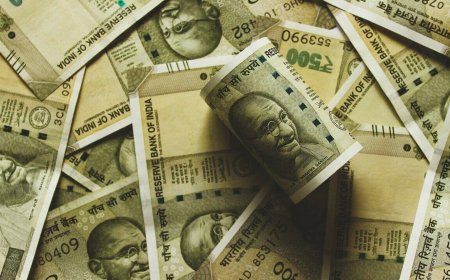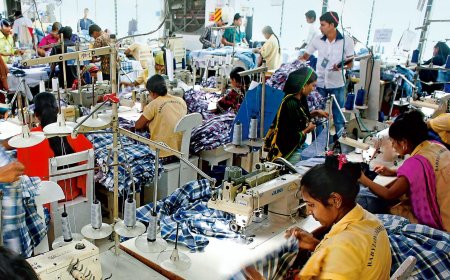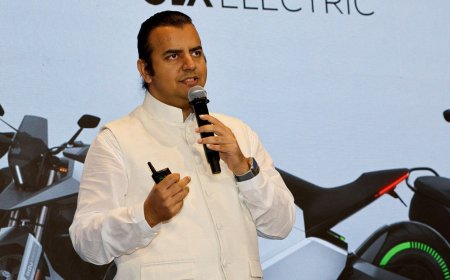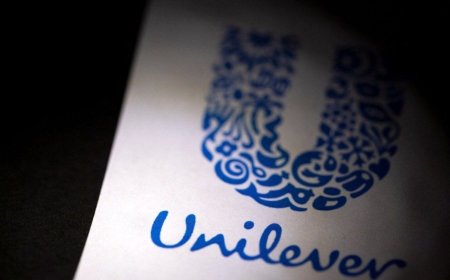Novo Nordisk Replaces CEO Lars Jorgensen Amid Obesity Drug Market Pressure; Stock Falls 33% YTD
Novo Nordisk removes CEO Lars Jorgensen as rising competition in the obesity drug market hits growth prospects. Stock plunges 33% YTD amid investor concerns.
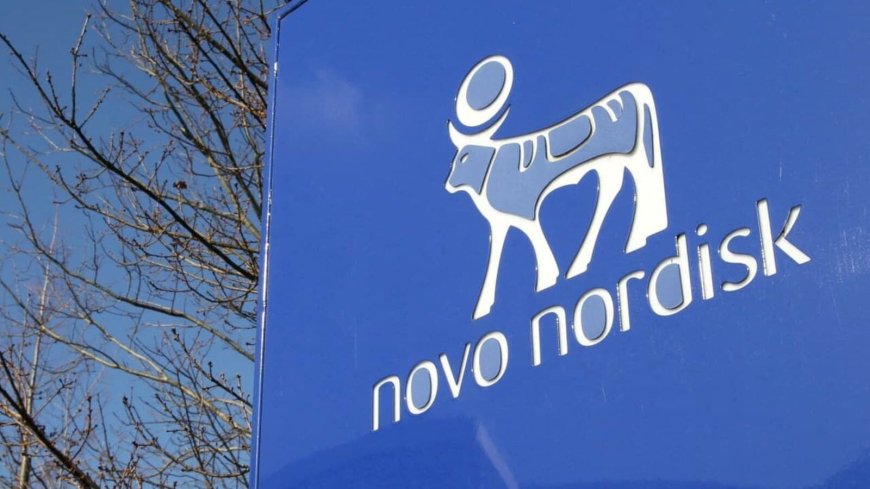
Novo Nordisk Replaces CEO Lars Jorgensen Amid Obesity Drug Market Shake-Up; Stock
Plunges 33% YTD
Introduction
Danish pharmaceutical giant Novo Nordisk has announced the sudden departure of CEO Lars Fruergaard Jorgensen, a strategic move that comes at a time when the company faces mounting pressure in the rapidly evolving and fiercely competitive obesity drug market. This decision marks a significant leadership transition as Novo’s flagship products—Wegovy and Ozempic—battle stiff competition from emerging global and U.S.-based pharmaceutical players, particularly Eli Lilly.
The decision stunned analysts and shareholders alike, pushing Novo Nordisk’s stock down by 7% on the day of the announcement and extending its year-to-date loss to 33%—a dramatic shift for a company that was once considered untouchable in the weight-loss space.
What Triggered the Leadership Change?
Sources close to the company confirmed that the board lost confidence in Jorgensen’s ability to maintain momentum in an increasingly saturated GLP-1 drug market. While Wegovy’s launch initially catapulted Novo into global stardom, growth has since plateaued as supply constraints, pricing pressures, and formidable competitors like Eli Lilly’s Zepbound and Pfizer’s experimental candidates eat into Novo’s market share.
The internal review pointed to concerns over:
-
Lagging production scalability
-
Slower-than-expected expansion into new geographies
-
Failure to secure robust insurance coverage in major U.S. markets
-
And most crucially, an inability to differentiate Wegovy beyond early adopters
The board, led by Chairman Helge Lund, acted decisively, stating that “a fresh perspective is essential for Novo Nordisk’s next phase of innovation and global expansion.”
Who’s the New CEO?
In a bold move, Novo has named Mette Frederiksen, formerly the company’s Executive Vice President for Commercial Strategy and a 20-year veteran, as interim CEO while a global search is underway.
Frederiksen is known for her data-driven, aggressive commercialization strategies and was reportedly instrumental in early-stage trials of Wegovy. Industry observers believe she might be tasked with accelerating Novo’s pivot toward next-gen GLP-1 formulations and exploring adjacent therapeutic areas, such as cardiovascular benefits, fertility applications, and even neurological use-cases.
Stock Takes a Beating
Novo Nordisk's stock, which once led the European indices in 2023, has now erased nearly one-third of its value in 2025 alone. On the day the CEO transition was announced, shares fell 7.1% on the Copenhagen Stock Exchange, bringing its YTD decline to 33.4%, its steepest correction since 2016.
The sell-off reflects investor concern not just over leadership uncertainty but also the waning narrative around Wegovy’s commercial sustainability.
Key reasons behind investor pessimism:
-
Sales growth of Wegovy has slowed to just 9% YoY, down from over 45% in 2023.
-
Manufacturing costs for the injectable remain high despite Novo’s efforts to ramp up global production capacity.
-
Analysts at UBS cut their price target by 18%, citing “competitive erosion and lack of pipeline visibility.”
The Competitive Landscape: Eli Lilly Surges Ahead
If Novo Nordisk is sweating, it's because Eli Lilly is sprinting. The American pharmaceutical major has surged ahead in market sentiment and innovation pace. Its Zepbound product, powered by tirzepatide, has not only matched but in some trials outperformed Wegovy in terms of both weight loss efficacy and metabolic benefit.
Lilly’s bold supply chain expansion, faster regulatory approvals in the EU and Japan, and broader strategic tie-ups with digital health platforms have made it the investor darling in 2025.
Additionally, emerging biotech firms like Amgen, Altimmune, and Structure Therapeutics are entering the ring with new delivery mechanisms—such as oral GLP-1s—further fragmenting the landscape.
Novo's Strategic Missteps
It wasn’t just market dynamics that tripped up Novo—it was also internal execution misfires. Despite strong brand equity, Novo failed to anticipate:
-
Supply shortages that frustrated patients and providers alike
-
Limited scalability of their manufacturing facilities in Ireland and Denmark
-
Lack of proactive pricing strategies to address insurance denials and out-of-pocket cost barriers
Moreover, Novo lagged behind in digitizing patient engagement, an area where competitors invested early. While Eli Lilly partnered with weight management apps and launched real-time tracking portals for patients, Novo relied heavily on traditional sales reps.
The Road Ahead: What Can Novo Nordisk Do Now?
Despite the storm clouds, Novo Nordisk remains a heavyweight in the global pharmaceutical ecosystem. Analysts agree the company still holds a valuable moat, but the window to act is rapidly closing.
Key priorities for the new leadership:
-
Rapidly scale supply chains to prevent stockouts, especially in North America and Asia.
-
Diversify the product pipeline into oral GLP-1 formats and combo therapies.
-
Expand insurance partnerships to lower consumer cost burden.
-
Accelerate R&D in adjacent therapeutic areas, including Alzheimer’s, PCOS, and metabolic syndromes.
-
Strengthen digital health partnerships to enhance patient loyalty and real-world tracking.
Investor Outlook: Should You Buy the Dip?
Market watchers are divided.
Bull Case:
-
Novo remains a first-mover in obesity drugs with proven R&D capabilities.
-
Any successful pivot into oral GLP-1 or combo drugs could reignite growth.
-
The company’s cash reserves and low debt profile give it flexibility to acquire or partner.
Bear Case:
-
Valuation still remains elevated despite the correction.
-
Competitive heat will only rise, especially with generics on the horizon by 2027.
-
Lack of short-term catalysts to reignite investor enthusiasm.
For long-term investors, this may represent a buy-the-dip opportunity if they believe in the obesity megatrend. However, traders and fund managers may wait for clearer signs of operational turnaround.
Obesity Drug Market: The Bigger Picture
The global obesity drug market is projected to reach $100 billion by 2030, with GLP-1 drugs expected to dominate for the foreseeable future. With over 1 billion people worldwide classified as overweight or obese, the demand is unlikely to wane.
However, the challenge for companies like Novo lies in differentiating their offerings, winning payor trust, and ensuring long-term compliance—a feat that involves much more than just drug efficacy.
Final Thoughts: A Pivotal Moment
Novo Nordisk's CEO transition is more than a change in leadership—it is a critical inflection point. The company that defined the modern weight-loss drug era must now prove that it can innovate beyond its early success, navigate a crowded marketplace, and deliver on its vision for broader metabolic health solutions.
The coming months will be decisive. Whether the company can reclaim its growth story or become a cautionary tale will depend on speed, execution, and bold leadership—something the new regime will have to deliver from Day One.
What's Your Reaction?
 Like
0
Like
0
 Dislike
0
Dislike
0
 Love
0
Love
0
 Funny
0
Funny
0
 Angry
0
Angry
0
 Sad
0
Sad
0
 Wow
0
Wow
0
